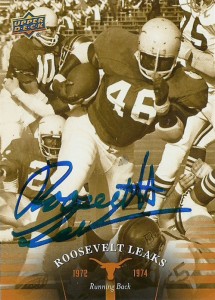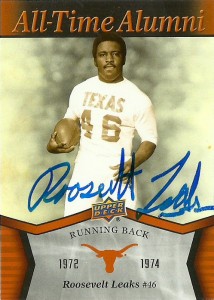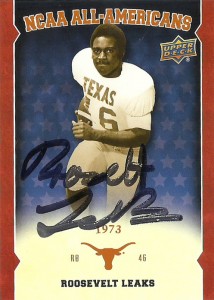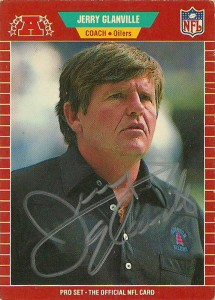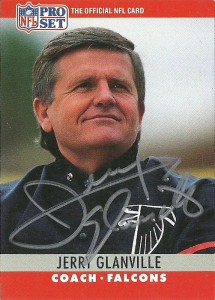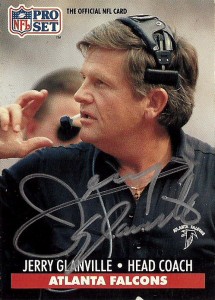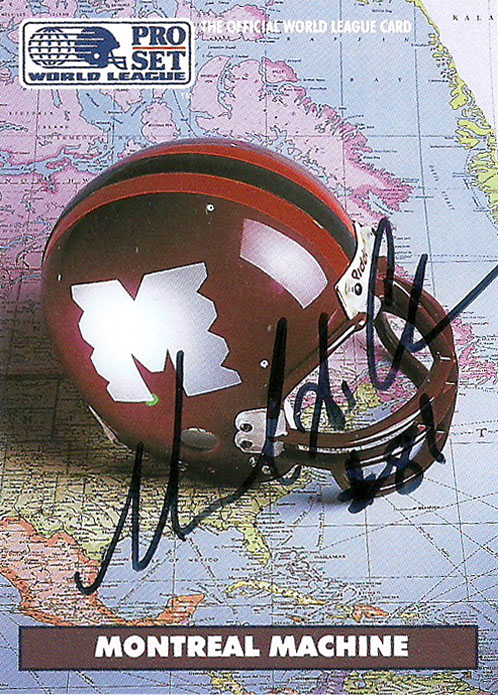
Coach: Jacques Dussault
Stadium: Olympic Stadium, Montreal
Record: (1991) 4-6, (1992) 2-8
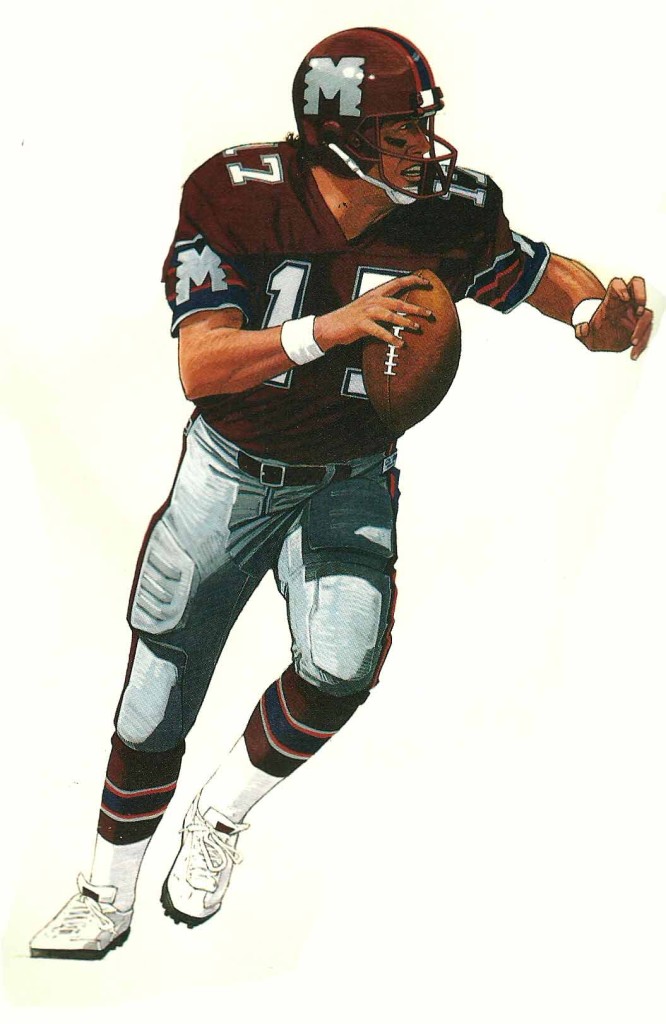
BACKGROUND:
The Montreal area had an on and off love affair with American football because of it being a tricky market. This was due to the need to market it to both English speaking and French speaking Canadians without ostracizing either parties. As the NFL at the time saw the growing threat of the Canadian Football League coming down from the North, the NFL strategically and preemptively struck by granting a franchise to the Montreal area in the WLAF for play in the 1991 season.
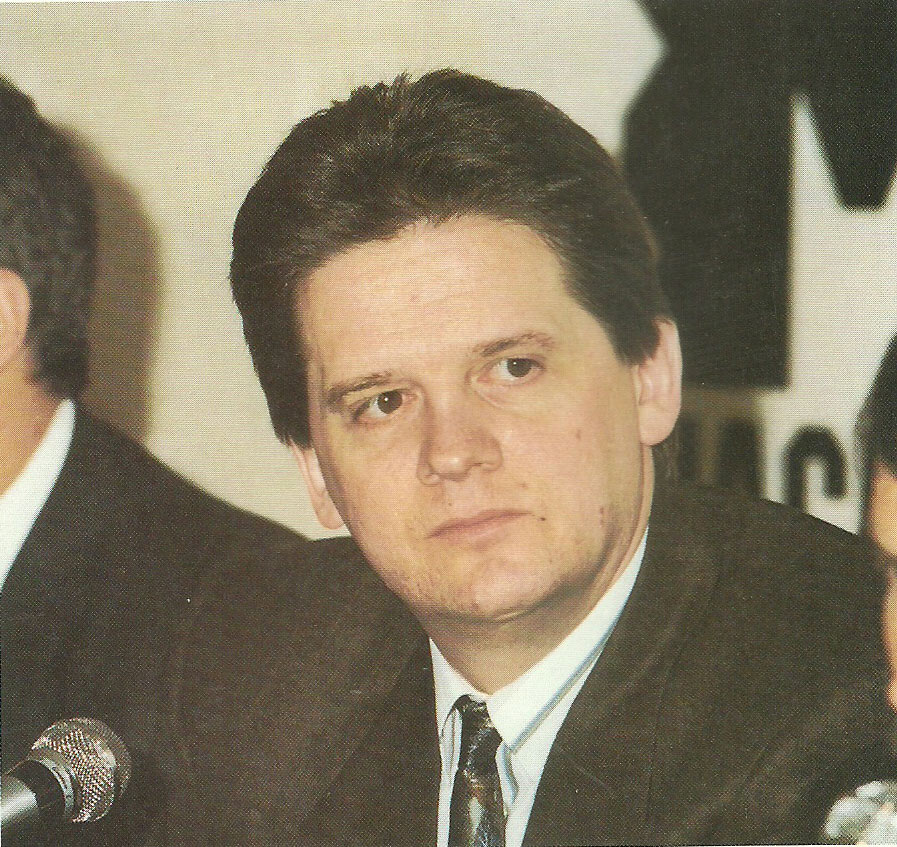
Roger Dore owned the franchise and Lionel Vital served as director of player personnel. Up and coming Jacques Dussault, was shrewdly hired by Dore, due partly to his prominence in French Canada as a football coach. Joe Faragalli and Don Sutherin respectably would round out a CFL pedigree heavy staff.
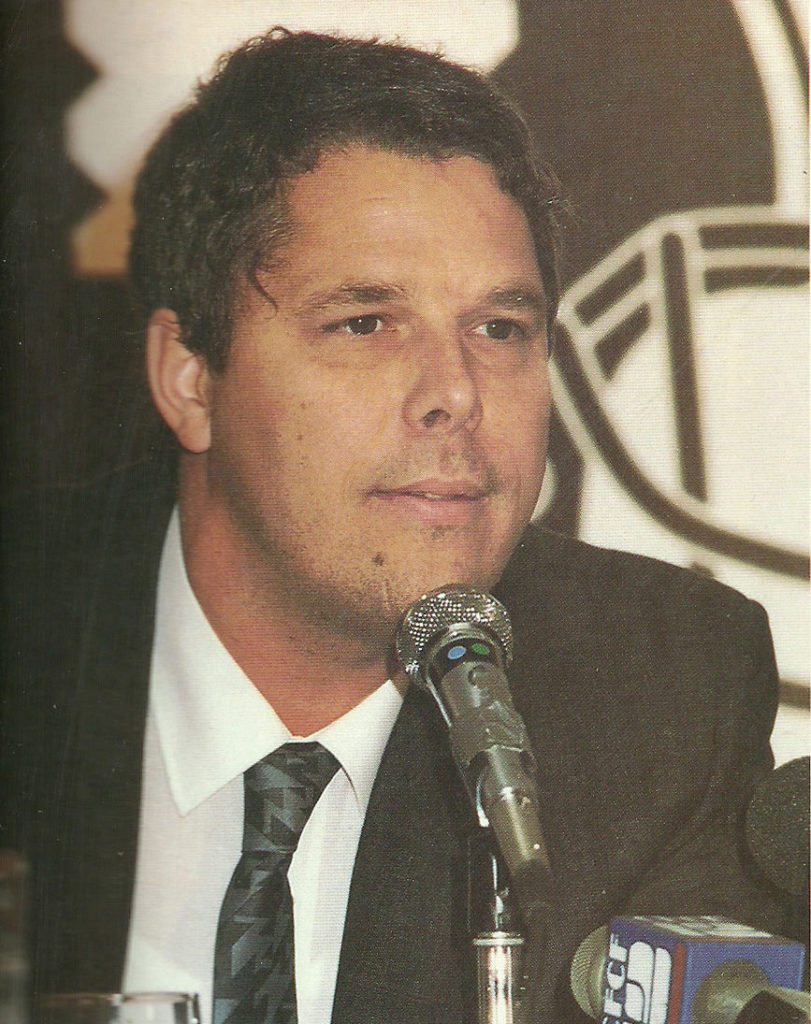
Olympic Stadium was their chief venue and really North America’s crown jewel at the time of stadiums in the league. Fans did not disappoint posting some of the higher attendance numbers in the league, averaging over 30,000 a contest in 1991 and 25,000 in 1992.
Montreal’s name was a given out of the gate. It was the design that took a bit. Eventually the design team settled on an M that looked like it were created by a large stamping machine- projecting an image of a big, powerful entity. It was a slam dunk afterwards to use the machine gray which stood out solidly on the burgundy background. Fans called the team ‘La Machine’.

1991:
In 1991, Montreal’s team focus was squarely on a solid ground game utilizing Deep I Formations such as the Power I and the I Stretch Play. After Elroy Harris was cut early on, Ricky Johnson shouldered the RB load fulltime. Fullback Broderick Sargent was the lead man up for them making holes as one of the premier blocking backs in the league, and finished second on the team in receptions with 20. The team’s most solid receiver was NFL caliber receiver and blocker KD Dunn at tight end.
Kevin Sweeney started at quarterback, but later yielded due to injuries to Michael Proctor- a dangerous scrambler. -He’d need it as the line was quite porous. The Machine in particular had problems against teams that employed stunts or LB blitzes, and gave up quite a few sacks.
On defense, the team had a strong linebacking corps built around Kansas City Chiefs loaner Tracey Simien and Ray Savage. Desmond Royal, the NG was considered the team’s best down lineman. In the secondary, Richard Shelton was a ball hawking mercenary that graduated back to the NFL when the season ended.
Special teams also boasted punter Chris Mohr, who after his time with Tampa Bay, stop-gapped in Montreal before returning to the NFL with the Bills where he became a mainstay of the franchise. Bjorn Nittmo would be named to the All-World team at kicker, and Richard Shelton saw action on punt and kick returns, returning one of each for a TD.
Opening the 1991 season against the Birmingham Fire, the teams played a defensive struggle on USA Network until the Machine pulled away late to win 20-5. Two things of note from the game I remember were NFL players giving bumbling commentary, and Tracey Simien sporting the helmet camera.
After losing to Barcelona, Montreal again beat the Fire, this time 23-10 to move to 2-1, but then the wheels fell off the well-oiled Machine. Getting thumped at home by the New York New Jersey Knights 44-0 was a wake up call, and the Machine would lose the next two contests against grueling opponents London and Frankfurt, before beating Sacramento 26-23 in overtime to crawl back into the playoff hunt. A win against hapless Raleigh-Durham the next week 15-6 helped move the franchise to 4-4, but a week 9 loss to the Riders ended any playoff hopes the Machine had. They closed out the season in an OT thriller against the Thunder losing 33-27, dropping the Machine to 4-6.
Turnovers, injuries, and line play killed the Machine. Richard Shelton, DB and return man, finished second on the team in scoring with 4TDs, an oddity, but also an alarm. Montreal averaged a TD roughly every 60 plays- good for last in the WLAF.
At the end of 1991, Simien, Mohr, and Shelton, would go to the NFL. Nittmo also saw some time on the roster of the Giants, but came back for the 1992 season. Among the WLAF teams, Montreal surprisingly led the way with 7 players being signed by NFL teams for the 1992 season.
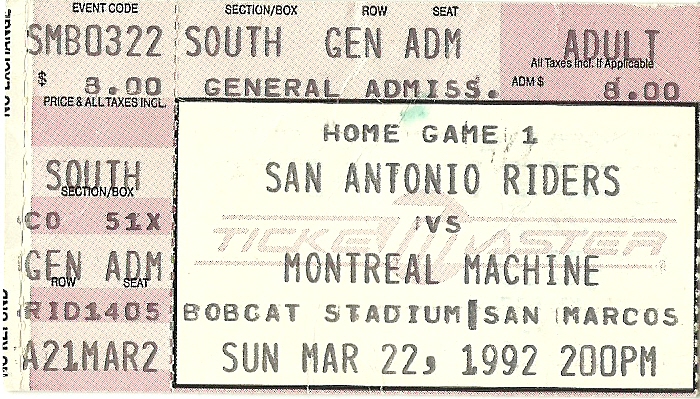
1992:
1992 saw the maturation of young quarterback Michael Proctor into a solid passer with 8 TDs. This was despite starter Anthony Dilweg (on loan from the LA Raiders,) and Craig Kupp (on loan from Dallas). After losing the job in camp to Dilweg, he didn’t have to wait long to take back the starting reins with Dilweg being injured in the first game against San Antonio. Proctor posted a solid 85.7 QB rating on the season. Ricky Johnson actually led the league in rushing, until injuries brought him down too against the Glory. Aaron Emanuel would step up and take his place, finishing with 350 yards rushing. Dunn returned at TE but the team fell in love with wide receiver/ punt returner Pete Mandley, who had an impressive season.
On the defensive side of the ball, Ray Savage was again solid, along with Darrel Davis, and future NFL GM and former Raiders LB Reggie McKenzie anchoring down the 3-4 defense. The team invested heavily in space eating monsters along the line with Emmanuel King and Rollin Putzier. Secondary was led by Darryl Holmes and Kris McCall both with 2 picks a piece.
While Nittmo returned at kicker, special teams weren’t up to the same excellent par at either kicker or punter from the previous season- although Mandley was dangerous as a punt returner.
Montreal found itself in a familiar place in 1992, as an injury to the incumbent starter brought in Michael Proctor. Home attendance figures were decent out of the gate in 1992 with 36k showing up for the team’s upset victory over the Orlando Thunder 31-29. The Machine early on were a highly competitive team, losing to the Riders 17-16 and the Surge 14-7. Montreal could have very easily been 4-0 after playing the Glory, but instead sat at 2-2.
Unfortunately Ricky Johnson would be lost for the season- which was the primary reason the team proceeded to drop the next 6 contests. The Machine finished the season at 2-8- good for second worst in the league. In 4 of those losses the defense allowed 30+ points. Mandley had a good season at receiver finishing with 605 yards receiving, and 150 additional yards and a TD on punt returns, however in a snub, no member of the franchise made the All-World squad in 1992.
NOTES:
Montreal became one of my favorites teams out of the gate based on its maroon and silver uniforms- as it closely resembled the high school I went to.
Montreal played host to the two largest crowds to start the season, 53k+ at Legion Field in Birmingham, and 52k+ at home against Barcelona.
Montreal’s biggest rival was Birmingham whom they opened with and played very close contests. (While the Machine never finished above .500, the Fire made the playoffs both season.) Montreal finished with a 2-1 record against the Fire, but the Fire got the last laugh in a 23-16 OT match in 1992.
LEGACY:
At the end of the season, the league hosted World Bowl II in Montreal. Sacramento played against Orlando, winning the game in front of 43,000 fans 21-17. This game would prove to be the swan song of the WLAF before it underwent major reconstruction for a Europe only relaunch in 1995 as the NFLE.
Montreal had to wait until 1996, as the CFLUSA initiative imploded and the Baltimore Stallions moved to Montreal to become the Alouettes. Since that time the Alouettes have been one of the more successful CFL franchises.
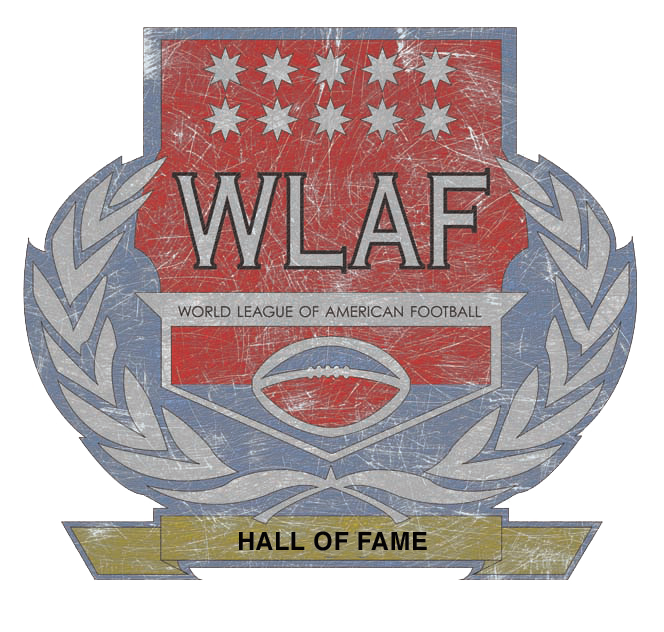
HC: Jacques Dussault
QB: Kevin Sweeney, Michael Proctor, Anthony Dilweg
RB: Ricky Johnson
WR: Pete Mandley, Mike Cadore, Steve Williams
OL: Roman Matusz
DL: Mike Finn, Emanuel King
LB: Ray Savage, Reggie McKenzie, Tracy Simien
DB: Richard Shelton, Darryl Holmes, Teryl Austin
K: Bjorn Nittmo
P: Chris Mohr
At this time I am still missing autographs on these cards from:
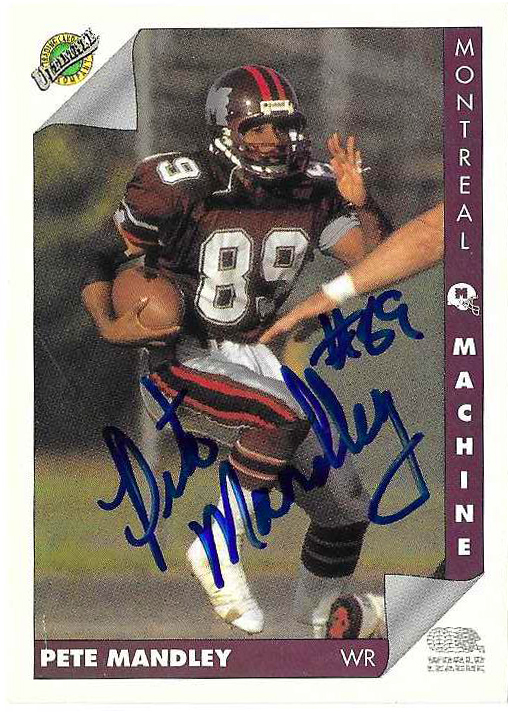
ProSet WLAF 1991:
KD Dunn
Ultimate 1992:
Rollin Putzier (DEC)
Adam Bob (DEC)
KD Dunn
Dan Murray
Broderick Sargent
Kris McCall
WildCard WLAF 1992:
Dee Thomas
Ben Brown
Darryl Harris
Aaron Emanuel
Andre Brown
Ricky Johnson
